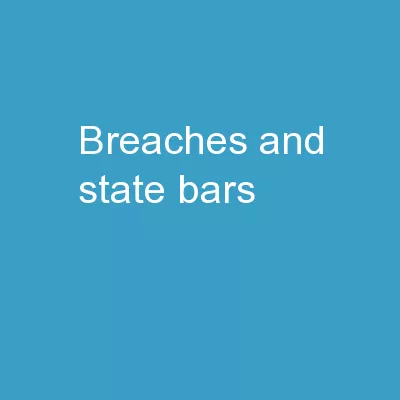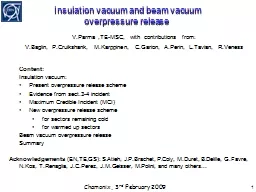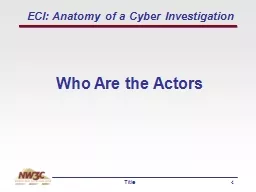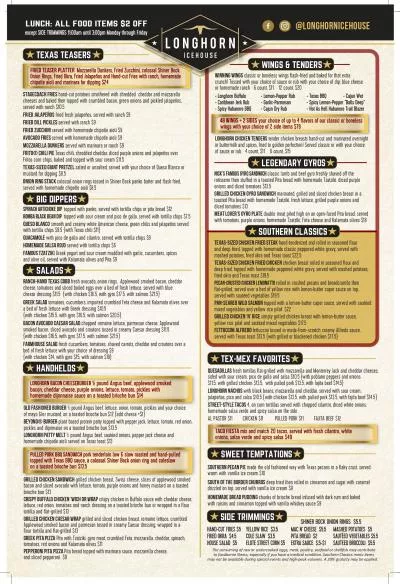PPT-Breaches and State Bars:
Author : pasty-toler | Published Date : 2018-11-22
Legal Ethics in Cybersecurity and Data Breaches Seth M Wolf Associate General Counsel University Hospitals Health System 1 Scott Bennett Coppersmith Brockelman
Presentation Embed Code
Download Presentation
Download Presentation The PPT/PDF document "Breaches and State Bars:" is the property of its rightful owner. Permission is granted to download and print the materials on this website for personal, non-commercial use only, and to display it on your personal computer provided you do not modify the materials and that you retain all copyright notices contained in the materials. By downloading content from our website, you accept the terms of this agreement.
Breaches and State Bars:: Transcript
Download Rules Of Document
"Breaches and State Bars:"The content belongs to its owner. You may download and print it for personal use, without modification, and keep all copyright notices. By downloading, you agree to these terms.
Related Documents














